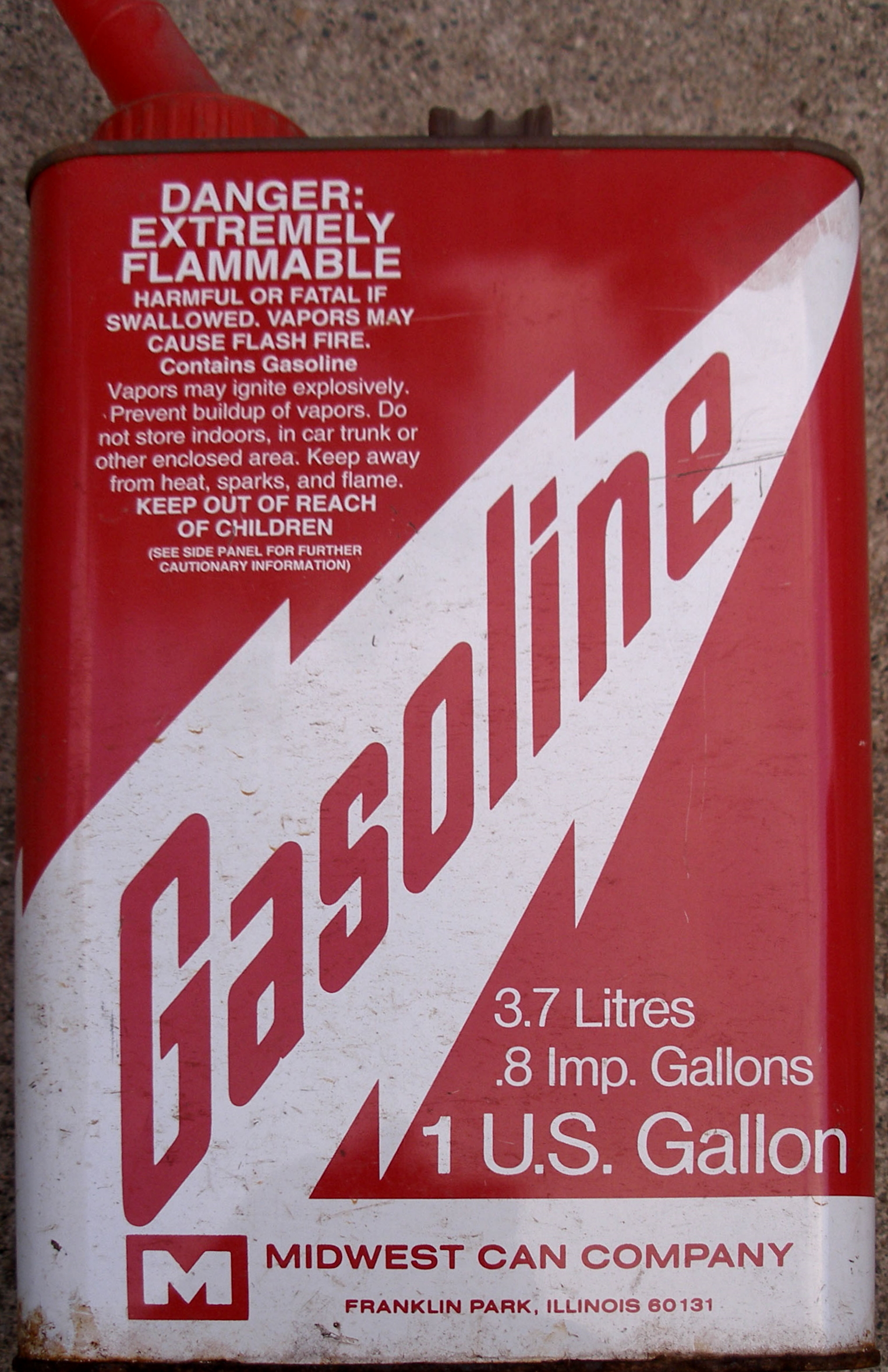This article is one of a series of posts that emerged due to the 2017 wildfires that ravaged California wine country near our home.
Emergencies often involve large migrations of people. That means more people on the road than normal and that means more gasoline consumption. In the midst of an evacuation due to an emergency your ability to top off the car’s gas tank can not be counted on. Chances are you’ll encounter long lines at the filing station, if they have any gas left at all.

This 1979 gas shortage line is similar to what happens during emergencies like hurricanes coming ashore.
What this means in terms of disaster preparedness is that you should not generally allow your gas tank level to fall to near empty. Letting your car’s remaining mileage fall to 10 miles of less means before empty in an emergency you will not be able to vacate an effected area very effectively.
What’s the “right” time to fill up your car? That’s tough to say. It will be highly dependent on your car’s overall range and how far of a drive you’d expect to reach safety. I’d say being able to always drive 100 miles without having to fill up may be a good rule of thumb but your mileage (pun intended) may vary. For some, that may mean refilling when the tank is 1/4 full. For others it may be something else.
Extra fuel in your garage can be of help, as long as your starting point for evacuation is your home. If you have a gas can for the lawnmower you have an extra bit of fuel you can access when needed.


Pingback: Emergency Lessons Learned | Robert Barron